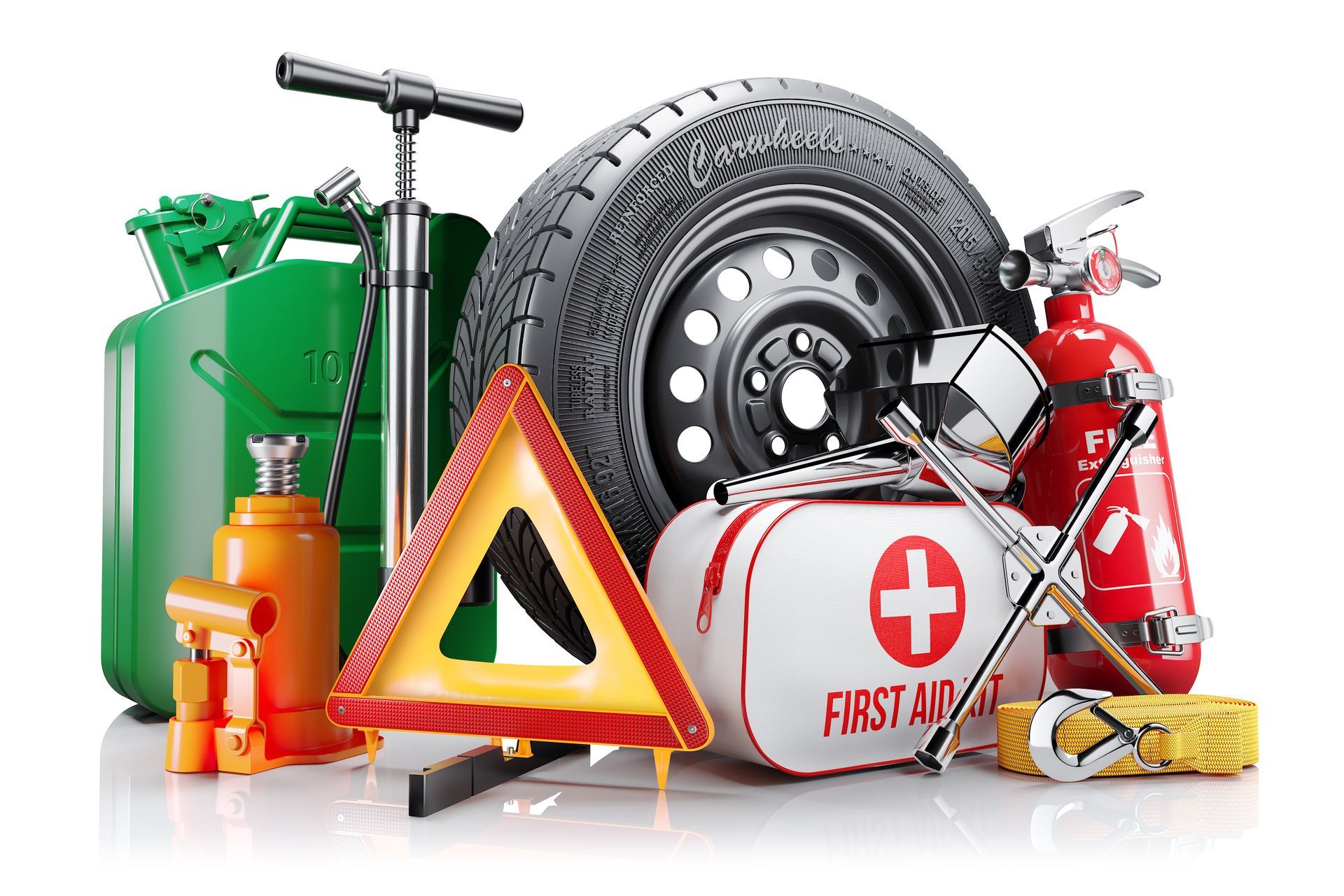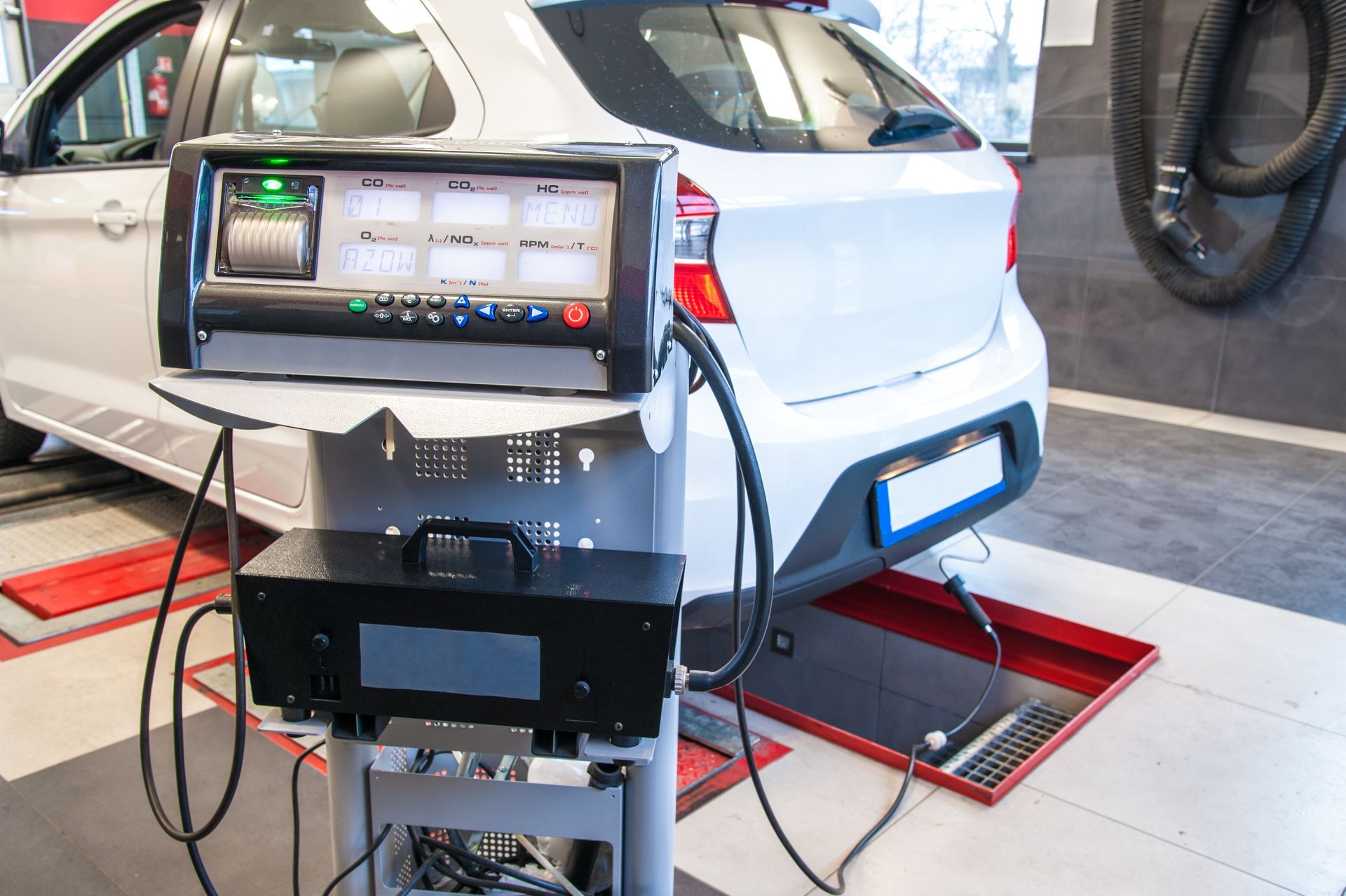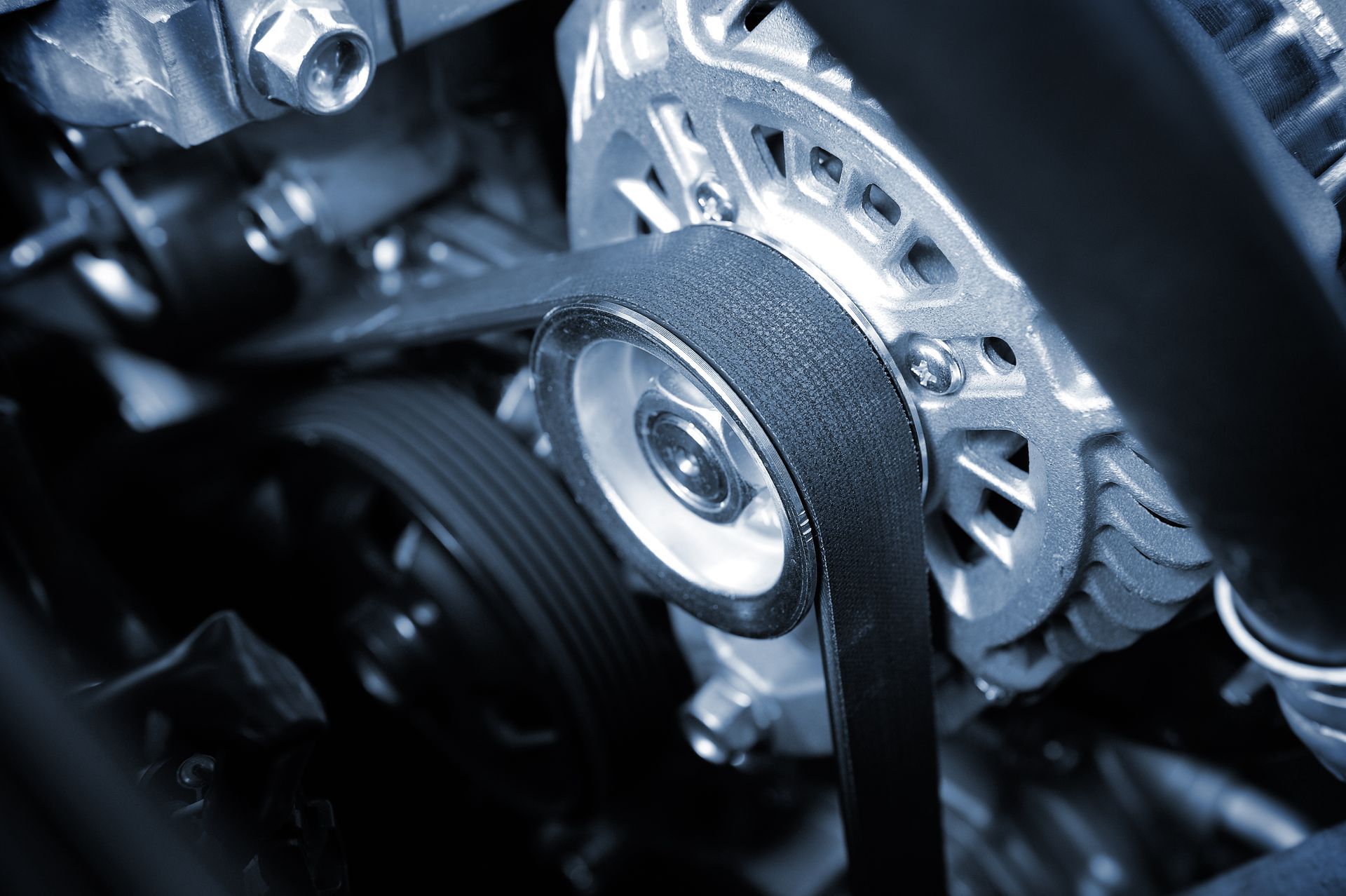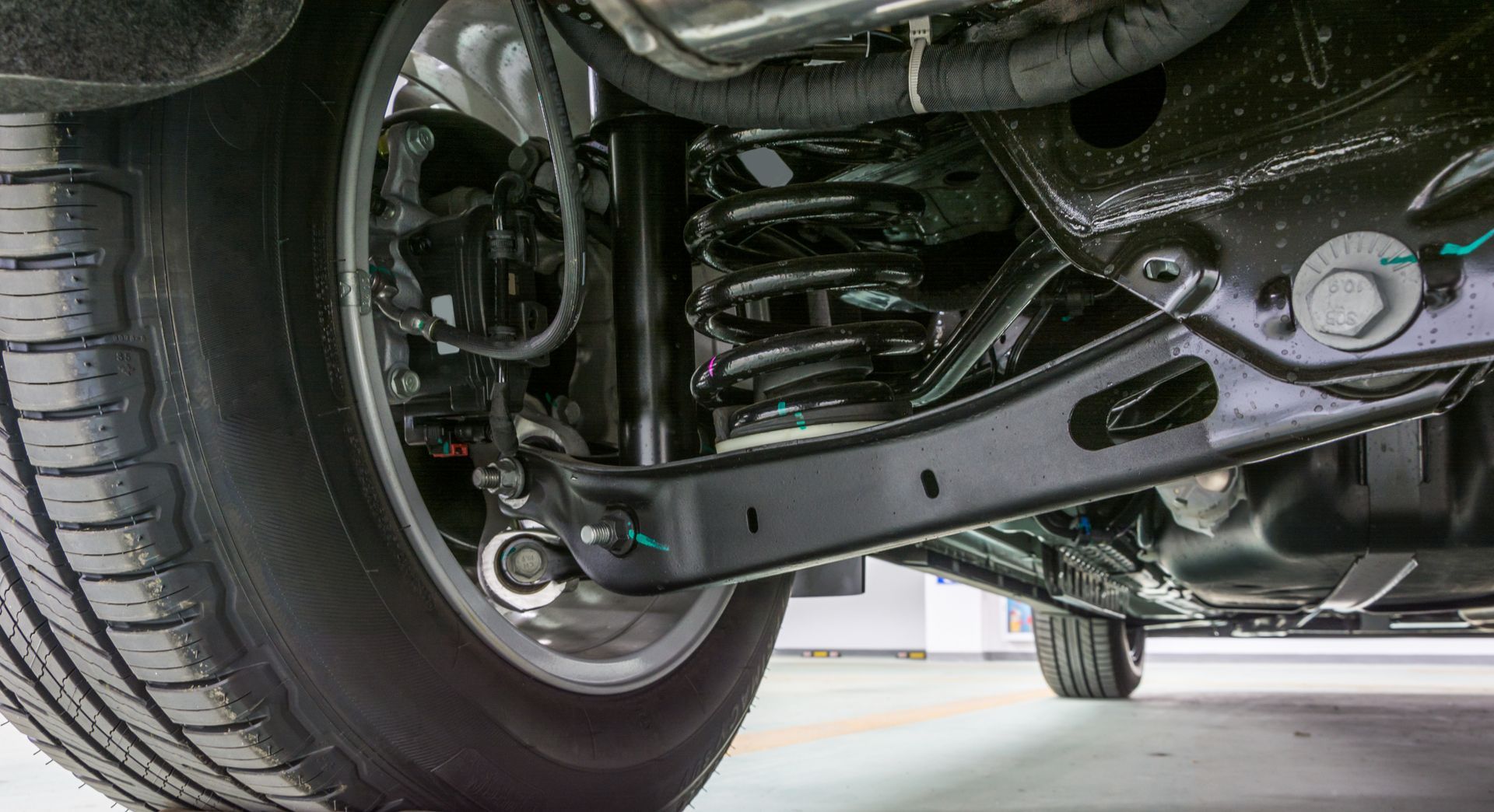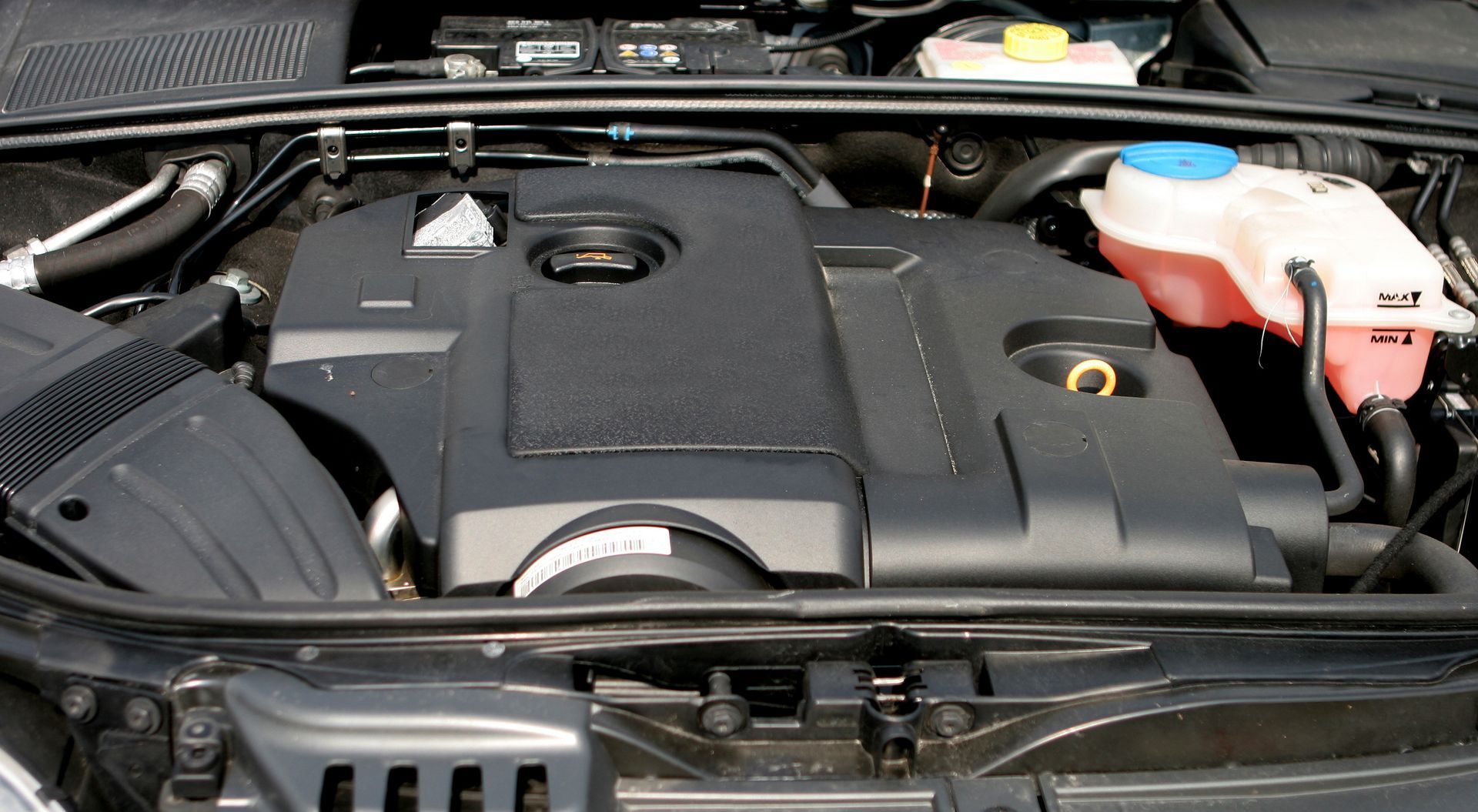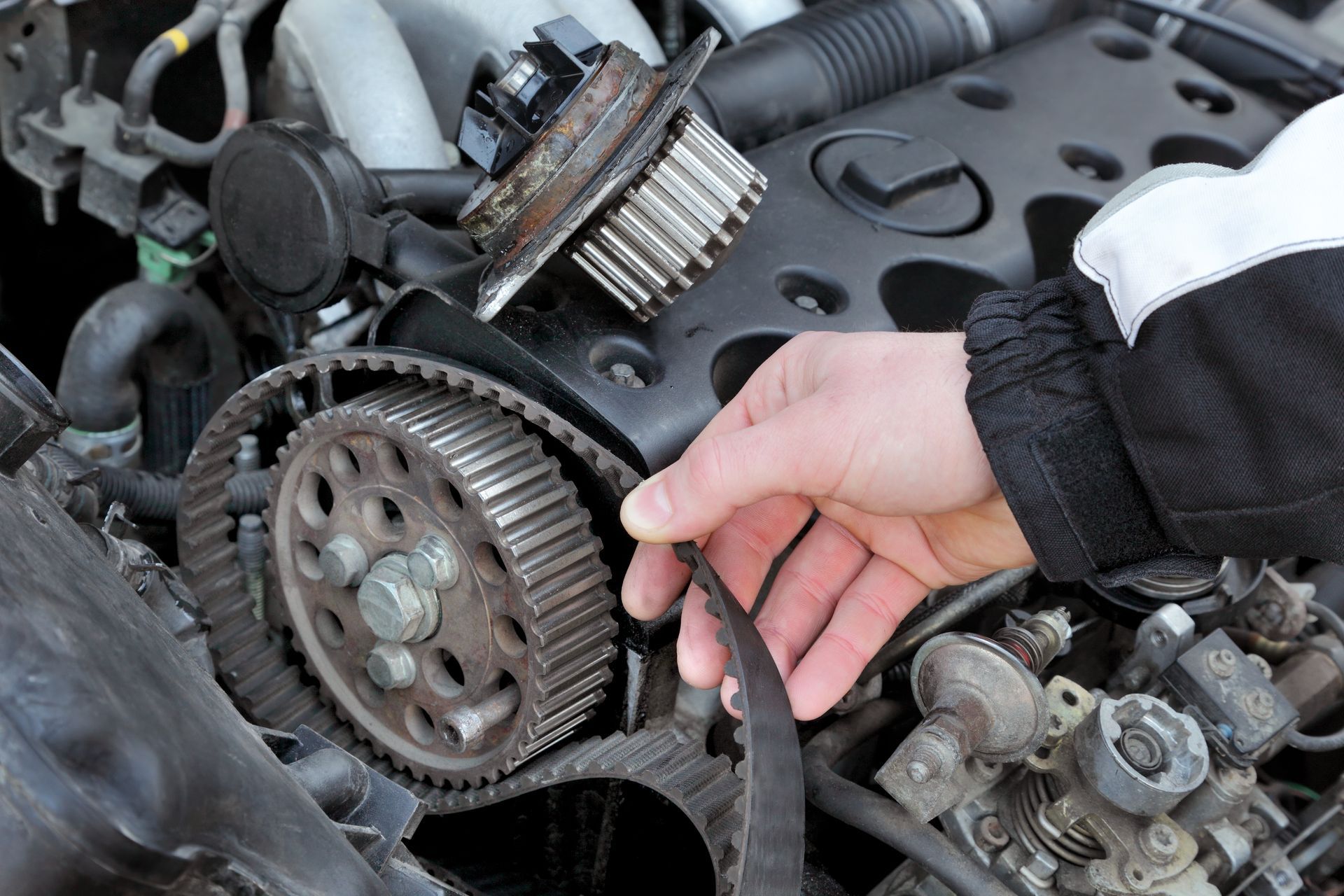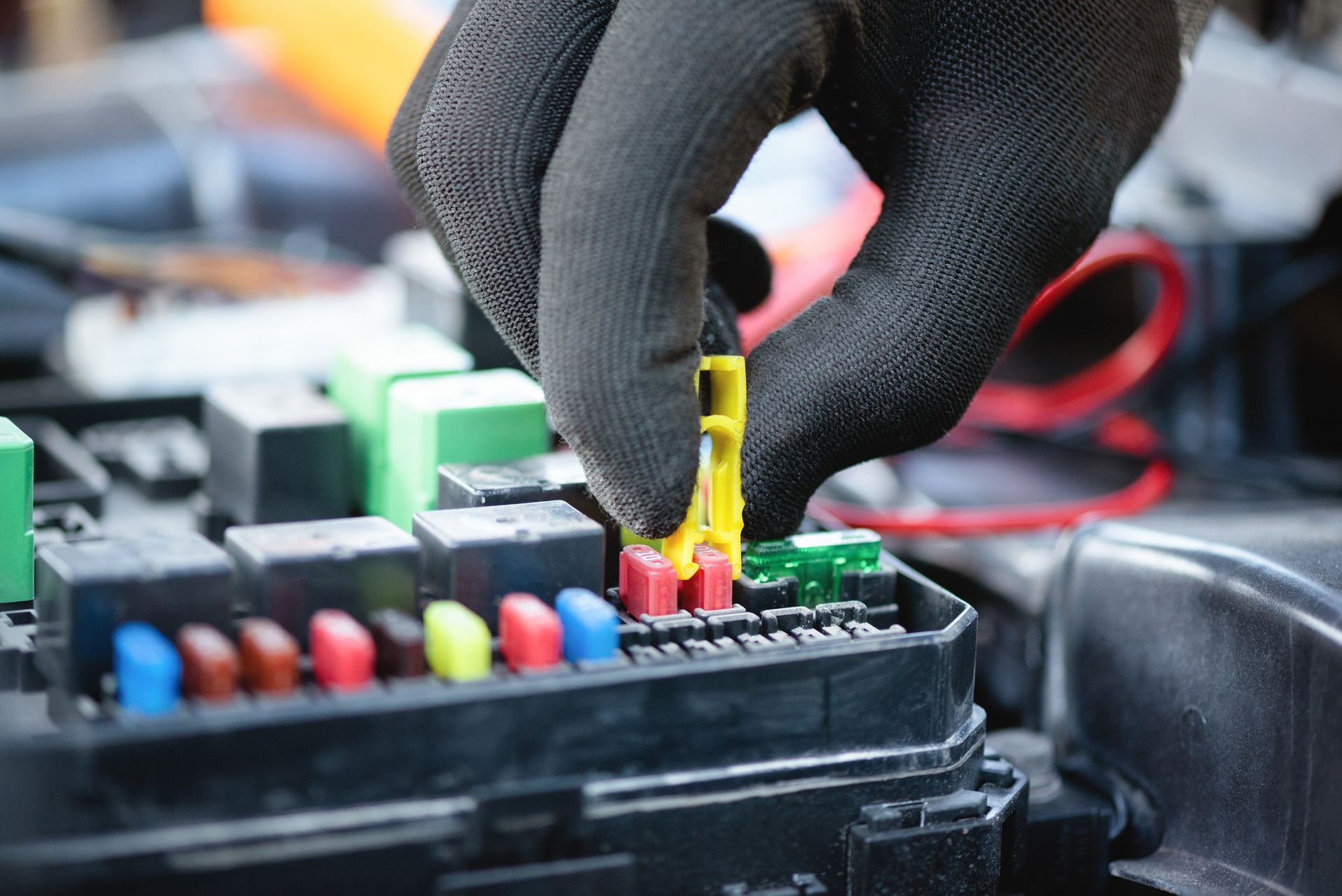Seat belts are one of the most effective safety features ever installed in a vehicle. Yet because they’re so simple and durable, many drivers don’t give them a second thought until they fail to work correctly. So, when you take your car in for routine maintenance, do technicians actually check the condition of your seat belts?
The answer depends on the type of service and the shop’s inspection process, but in general, seat belts are considered a part of your vehicle’s passive safety system and should be checked regularly to ensure they’re functioning properly. Here’s what you need to know about how and when your seat belts are inspected.
The Importance of Seat Belt Functionality
Seat belts save lives. They keep you secured in your seat during a crash, reducing the risk of being thrown from the vehicle and preventing contact with hard interior surfaces. They also work in tandem with airbags to position your body properly during impact.
When a seat belt is worn, frayed, or fails to retract, it may not do its job when you need it most. In some cases, a faulty seat belt can even prevent your car from passing a state safety inspection.
Are Seat Belts Part of Standard Vehicle Inspections
During routine services, such as oil changes or tire rotations, seat belts are not always checked unless a problem is reported. However, during a more comprehensive inspection, such as those performed during mileage-based maintenance (e.g., 30,000-mile service), pre-trip inspections, or annual safety checks, seat belts are more likely to be reviewed.
At many repair shops, technicians visually inspect the belt webbing for signs of wear, check for smooth retraction, and make sure the latch mechanism operates properly. They may also test the locking function by pulling the belt quickly to simulate a sudden stop.
Common Seat Belt Issues Technicians Look For
Several signs may indicate a problem with your seat belts, including:
- Fraying or cuts in the fabric, which compromise strength
- Slow or no retraction, often caused by dirt or a worn retractor spring
- Latching problems, where the buckle won’t click or release smoothly
- Warning light activation, signaling a fault in the pretensioner system
Modern vehicles also use sensors in the seat belts to detect whether passengers are buckled. If a seat belt warning light remains on even when all belts are fastened, this could indicate a problem with one of these sensors or the connection to the vehicle’s airbag system.
What Happens If a Fault Is Found
If we find that a seat belt is damaged or not functioning properly, they will typically recommend replacement rather than repair. Unlike other components, seat belts are not designed to be serviced or patched. Once their integrity is compromised, replacement is the safest and most reliable option.
Some seat belts also contain pyrotechnic pre-tensioners, which tighten the belt during a crash. If these components are faulty or have been deployed during an accident, they must be replaced as part of the overall restraint system repair.
You Should Ask About Seat Belt Inspections
While your seat belts may not be on your regular maintenance checklist, it’s a good idea to ask your technician to inspect them periodically—especially if your vehicle is older, has high mileage, or has been in a collision. You should also check them yourself now and then for fraying, stiffness, or difficulty retracting.
Taking a few moments to ensure your seat belts are in good working condition could make all the difference in a crash.
Get a Safety Check at Top Gun Auto Repair in Georgetown, KY
If you’re scheduling vehicle maintenance and want to ensure your seat belts are functioning properly, we’re here to help. Our team includes seat belt inspections as part of our broader safety checks to keep you protected on every drive.
Call
Top Gun Auto Repair in Georgetown, KY, to schedule your next maintenance appointment and make sure your seat belts are ready when you need them most.

